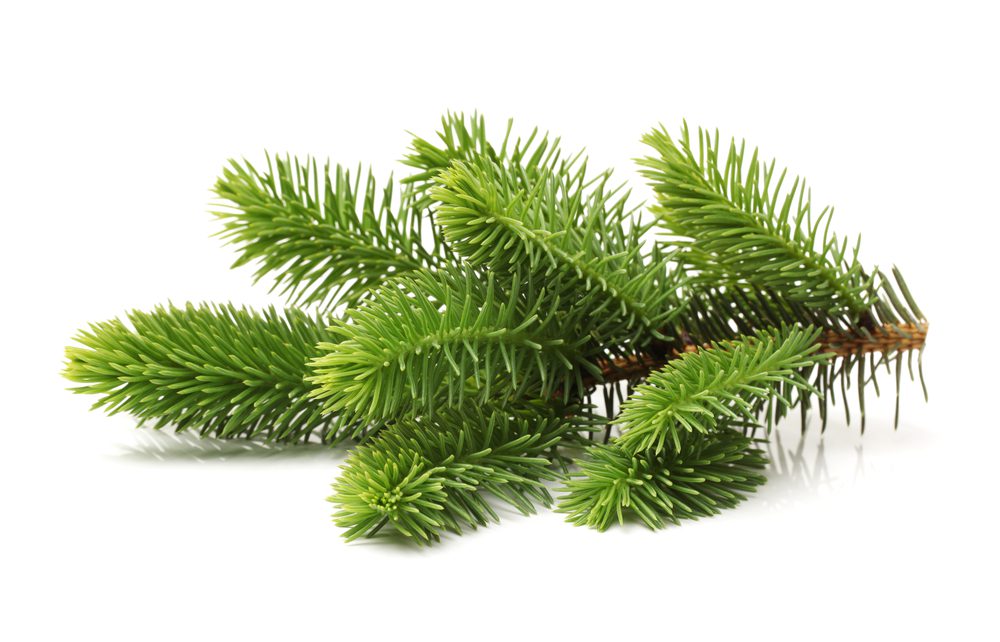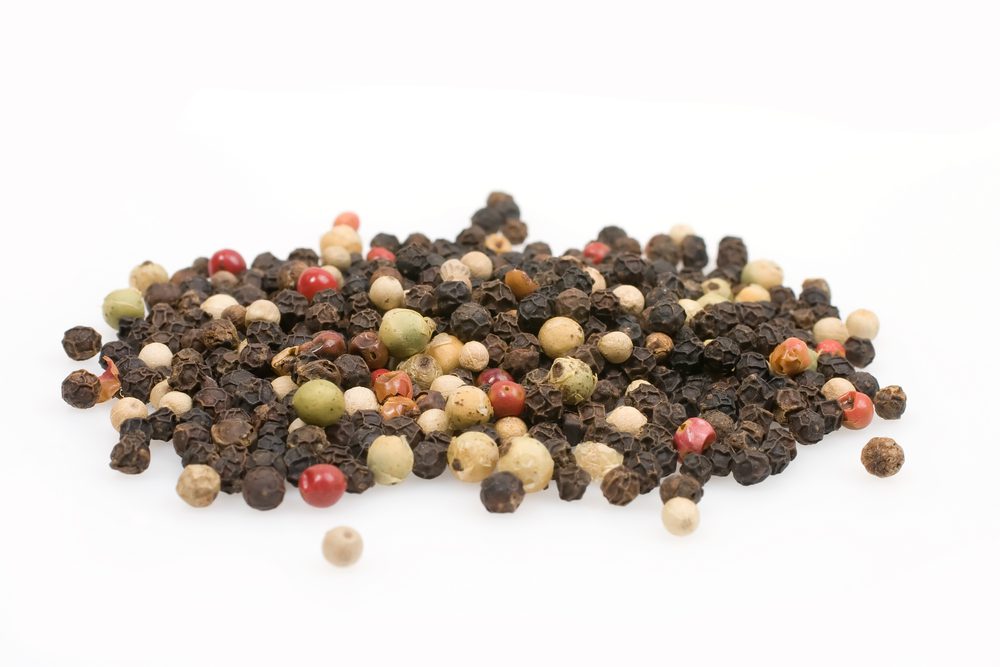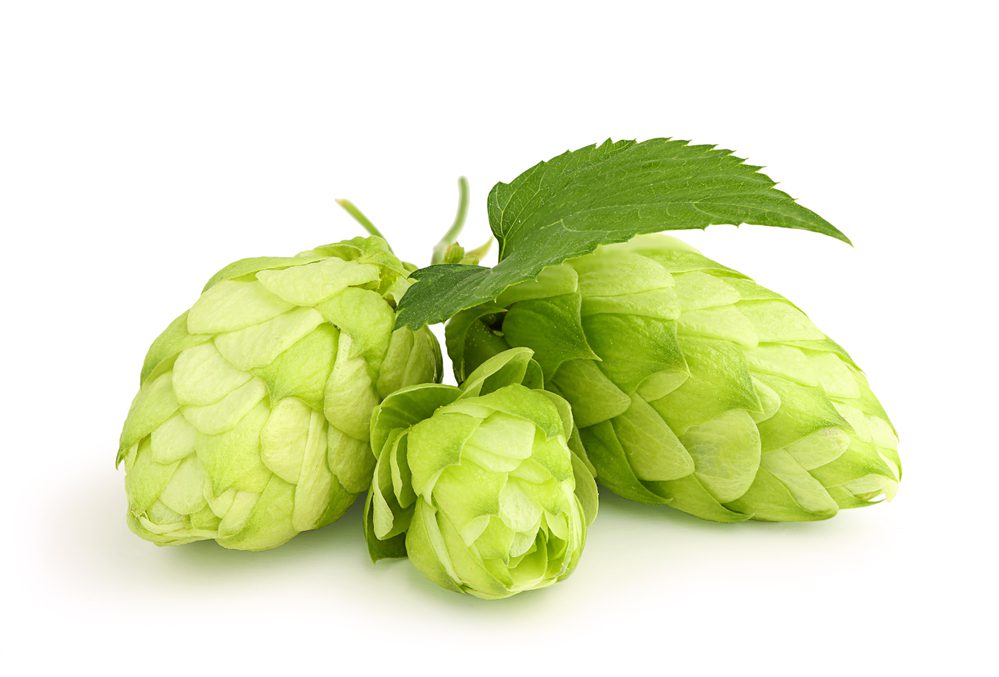By now, you’ve likely heard about medical cannabis, and you may even live in a state where it’s legal. But, if you’ve ever wondered what exactly it is about cannabis that gives it therapeutic properties, you’re in the right place. In this post, we’ll go over everything you need to know about medical cannabis and the terpenes that give it these benefits.
What Are Terpenes?
Terpenes are what give cannabis its distinct smell and flavor profiles. They are among the most abundant compounds in the natural world.
Manufacturers isolate certain terpenes to create different flavor profiles and scents, not just for cannabis. As a result, terpenes are present in everyday products like perfumes, food, body products, and herbs like rosemary and lavender.
Terpenes do much more than provide flavor and aroma, however. They also support other cannabis compounds in producing physiological and cerebral effects.
Types of Terpenes and Their Effects
The most well-known and well-studied terpenes include:
Limonene
This common terpene is recognized by its scent, which is citrusy, as the name suggests. Limonene’s therapeutic properties include:
- Anti-inflammatory
- Antioxidant
- Antiviral
- Antidiabetic
- Anticancer
- Boosts focus
Researchers have even recently floated the idea that limonene’s unique therapeutic profile could be helpful to treat Covid-19 symptoms and related conditions, including the inflammation that leads to long Covid.
Pinene
Pinene has two forms: a-pinene and b-pinene. This terpene provides many plants’ fresh, bright scents, such as basil, rosemary, and pine needles. Its therapeutic effects include:
- Bronchodilator (allows more air into the lungs)
- Anti-inflammatory
- Antiviral
- Antimicrobial
Linalool
This terpene is most abundant in the lavender plant and gives it its rich scent. Linalool plays a critically important role in aromatherapy as it is responsible for the calming effect that people get when smelling lavender. Linalool’s therapeutic properties include:
- Anti-inflammatory
- Antimicrobial
- Neuroprotective
- Antidepressant
- Anticancer
- Anti-anxiety
Myrcene
This terpene is found in hops, lemongrass, and thyme, as well as the flowers of the cannabis plant. It’s a powerful antioxidant, with one study of mice finding that it can help protect the brain from oxidative damage after a stroke. Another mice study found that myrcene has a similar protective effect on the heart’s tissue. Other therapeutic effects of myrcene include:
- Anti-anxiety
- Anti-inflammatory
- Anticancer
- Anti-tumor
- Antioxidant
- Antidiabetic
Beta-caryophyllene
This terpene is found in a range of herbs and vegetables, including cloves and black pepper. One animal study found that it reduced pain from inflammation and nerve pain. Other therapeutic benefits include:
- Anti-anxiety
- Antimicrobial
- Antibacterial
- Reduces cholesterol
Humulene
This terpene is a vital part of the hop plant and is also found in other plants like cloves and ginger. One study found that it may have the potential to prevent asthma and allergic reactions. Other therapeutic benefits of humulene include:
- Anti-inflammatory
- Anti-tumor
- Antibacterial
- Anti-pain
Other popular terpenes include:
- Phytol
- Nerolidol
- Ocimene
- Terpinolene
- Geraniol
What is the Entourage Effect?

Photo by Kindel Media from Pexels
The entourage effect refers to how different parts of the cannabis plant interact to create the unique effects of different strains and products. For example, say you find relief from joint pain in a certain dose of THC, but you can’t tolerate the side effects of the dose, like anxiety and memory loss. Scientific studies have found that other components of the cannabis plant, like CBD, will work to reduce these side effects and allow you to tolerate them.
The “entourage” of various cannabis chemicals creates benefits that you would not otherwise be able to get from THC or CBD alone. This is why specific ratios of terpenes can potentially enhance the effects of THC and CBD more than isolated terpenes can. For example, limonene adds a circus aroma and anecdotally improves the mood-elevating effects of cannabis while also working with several neurotransmitters in the body, like serotonin and GABA systems, to create alertness, uplifted mood, and thinking.
What is the Difference Between Cannabinoids and Terpenes?
Cannabinoids are the chemical compounds found in cannabis, such as tetrahydrocannabinol (THC). They work by activating receptors in the endocannabinoid system in the body. This is effect is responsible for the “high” experienced from cannabis use.
Cannabis plants also contain terpenes, which are mainly responsible for the smell. But, some terpenes can also act on the body’s endocannabinoid system similarly to cannabinoids. One key difference lies in the way the body absorbs and uses these compounds.
Compassionate Clinics of America Can Help
If you’d like to start taking advantage of the many therapeutic benefits of terpenes, you’ll need to get your medical cannabis card. Compassionate Clinics of America can help. Contact us today or book a virtual visit today to learn more.







